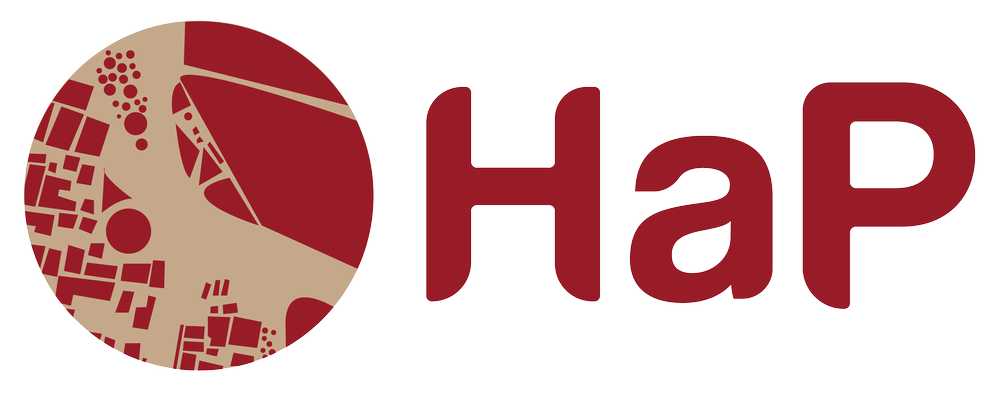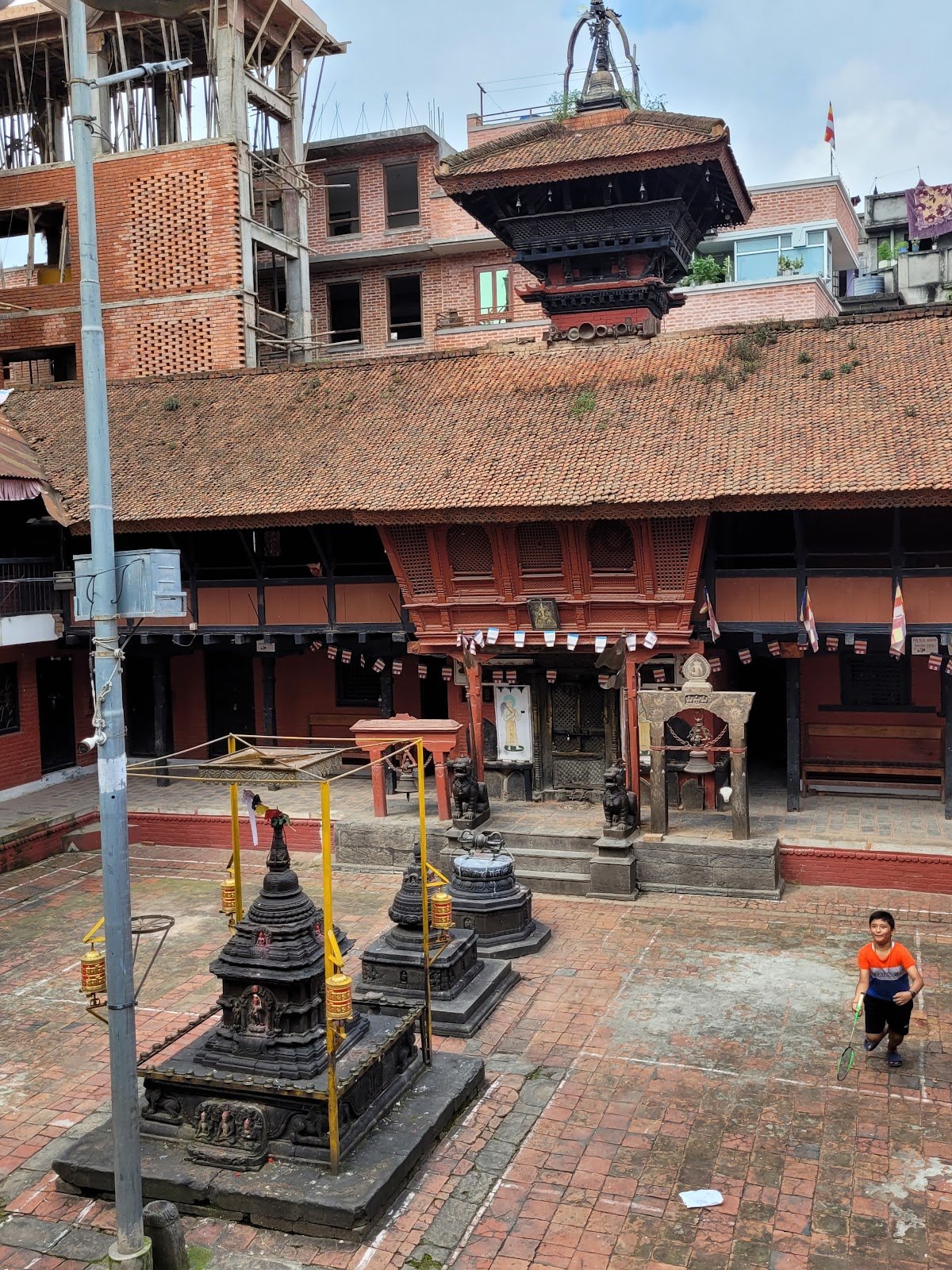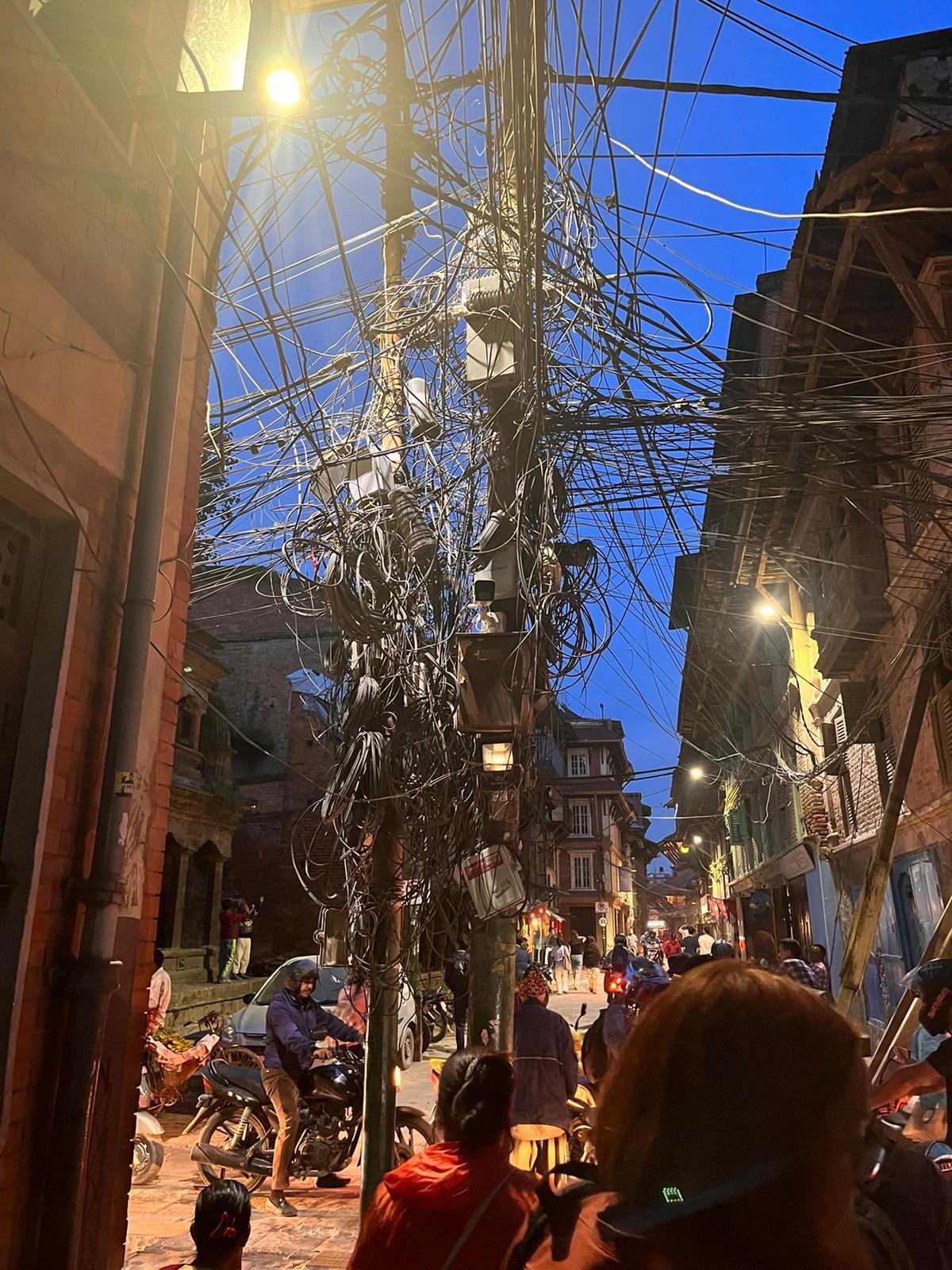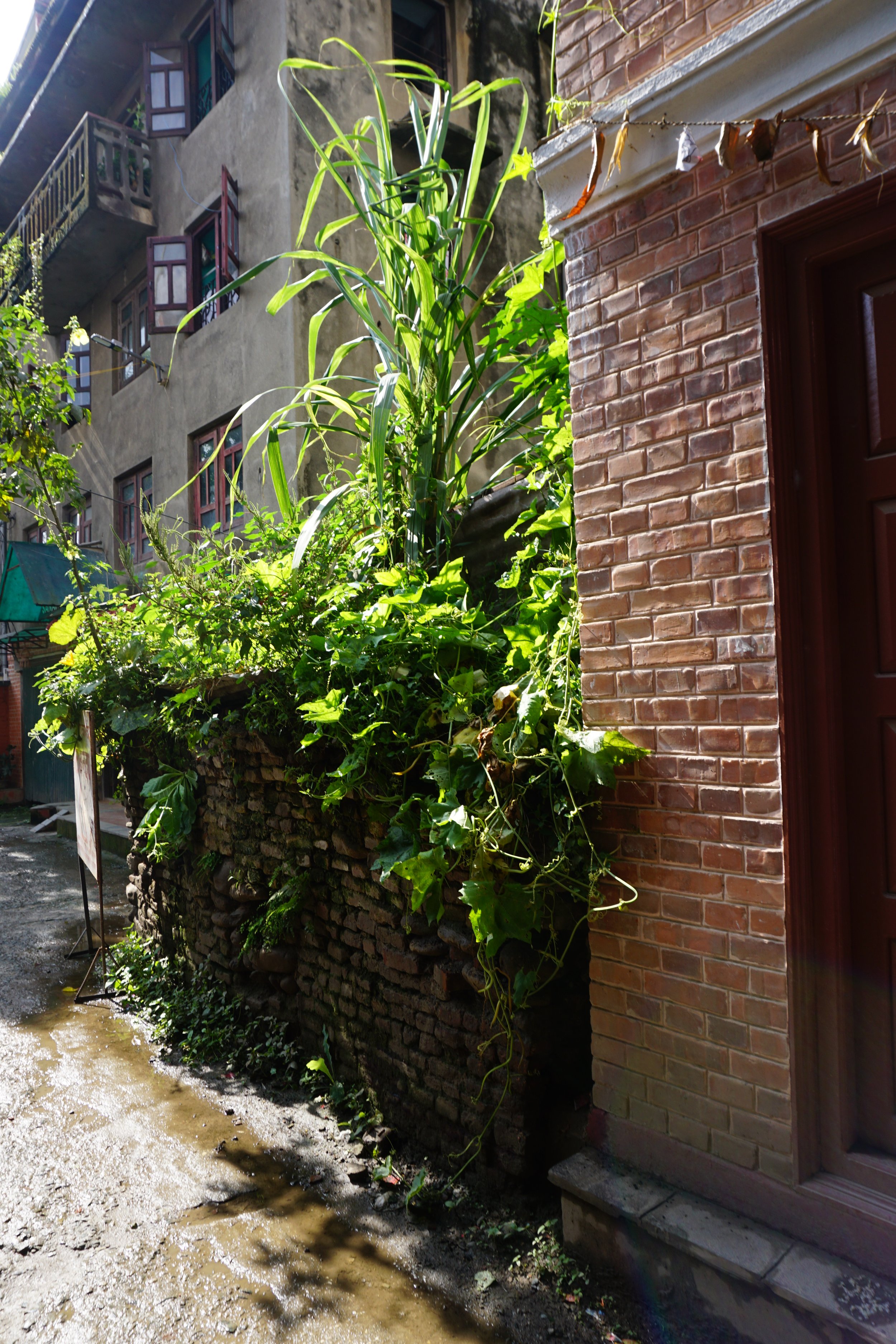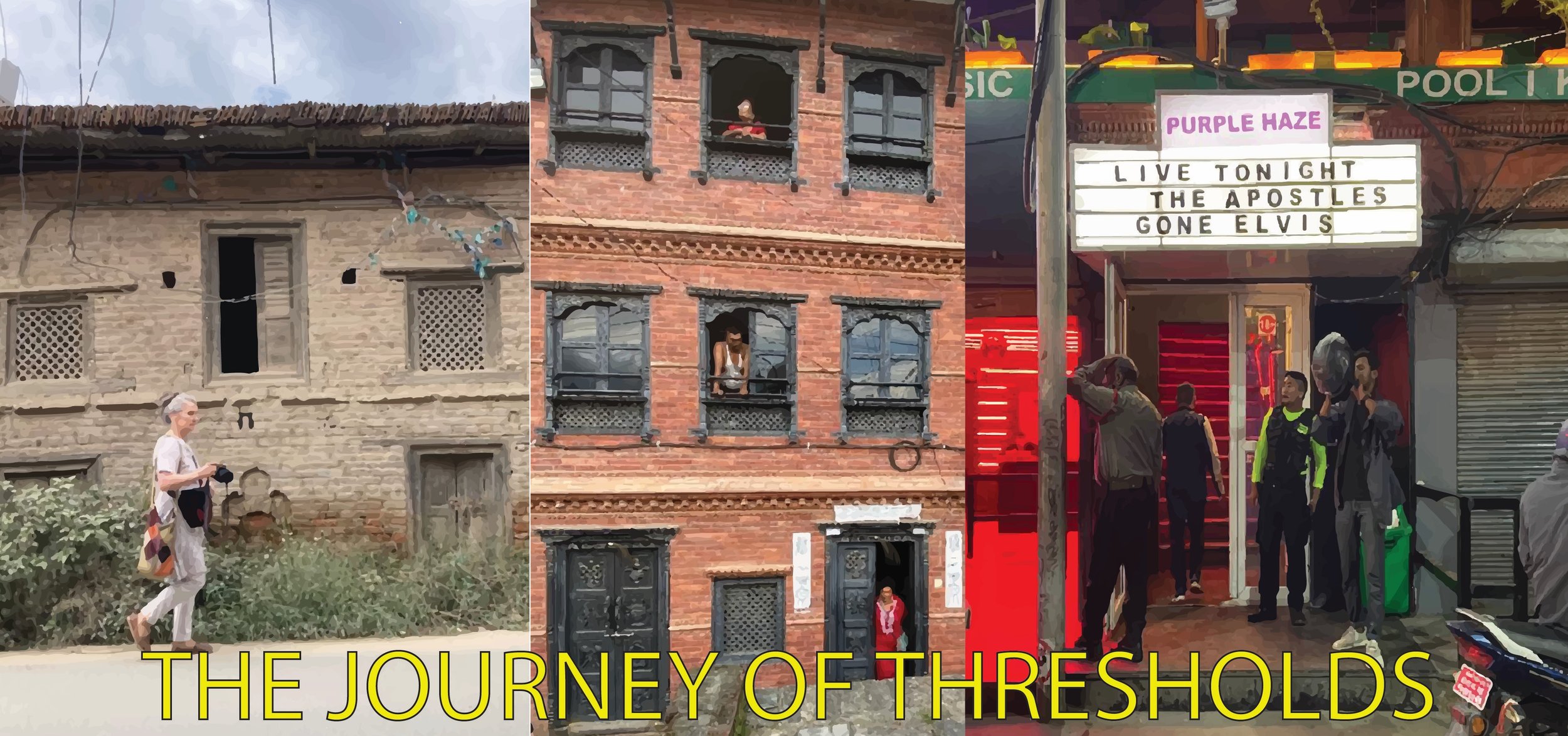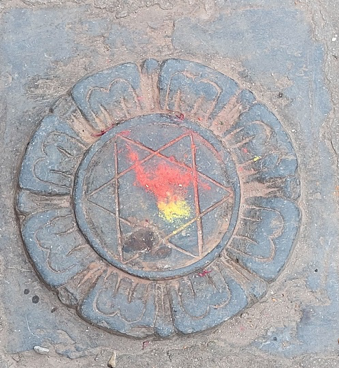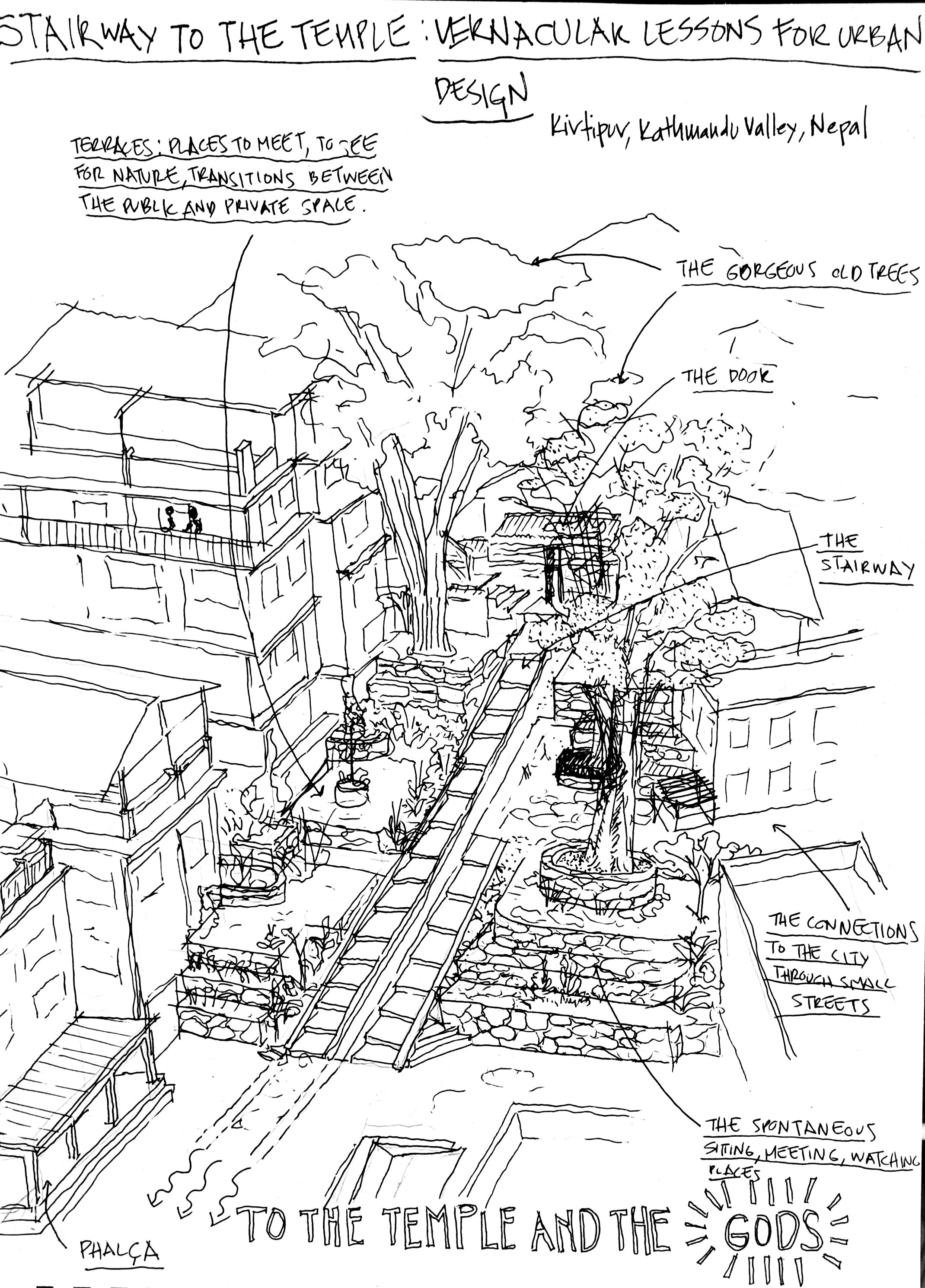Thirangie Jayatilake holds a bachelor’s degree in literature and creative writing with a minor in mathematics from New York University and a master's degree in creative writing, publishing, and editing from the University of Melbourne. She has also worked as a research assistant for the HaP project.
The family Guti of the Baidyas. Photo: Thirangie Jayatilake.
In front of me were two padlocked wooden doors that guarded a Buddha statue inside, which only family members were allowed to open. Flanking the door on either side were wooden paintings of two Buddhist monks, Sariputra and Maudgalyana, reverent followers of Guatama Buddha. Above the door and the two monks was a string of Buddhist flags that ran along the entire north side of the Guti. The international Buddhist flag was designed in 1885 in Sri Lanka, where I’m from, and which was the country that was my connection to being in this particular 1200-year-old family temple in Patan.
14 years ago, my grandmother underwent cardiac bypass surgery. During the frequent hospital visits that followed, my mother discovered that the Nepali surgeon who operated on my grandmother had no Sri Lankan friends. Dr. Prem Baidya, a senior attending cardiovascular surgeon, had moved to Sri Lanka with his wife, Dr. Sushila, and their teenage daughter Angela. After a few family dinners, this Nepali family soon became our family friends.
My grandmother would live for another 10 years; our friendship with the Baidyas would last longer. When the Baidyas moved back to Nepal, our friendship travelled into virtual spaces, calling on messenger, interacting on social media, and watching Angela get married over zoom. When I was in Nepal in September 2022, Uncle Prem dropped by. He wanted to take me around Patan, where I was staying, and when I asked him to make suggestions, he paused.
“Actually, my ancestral home is just five minutes from here, we can walk there quickly.” He pointed his right arm towards the small pathway that ran at the edge of the homestay I was at. We walked to a 4 or 5-storey house that had been restored with cement and salvaged wooden windows and beams after the 2014 earthquake. Uncle Prem had grown up here. “Come,” he said, and walked towards what I assumed was the pathway back to where his car was parked.
We took two rights, and I found myself in a courtyard. We were at a temple that had a two-storeyed hallway that flanked the courtyard in a square. In the centre were two stone stupas and on each side of the stupas were two stone monuments with the Tibetan Dorjee on top.
Uncle Prem (Dr. Prem Baidya) discusses his family history with the author. Photo: Thirangie Jayatilake.
“This is my family Guti,” Uncle Prem explained as I looked at him in surprise.
Family-owned temples were a foreign concept to me, although it was clearly common practice in Newari culture. Uncle Prem nonchalantly continued to narrate the family history of this temple that had been established by his great-great-something grandfather 15 generations ago, while I was trying to process the fact that our family friends of over a decade could trace their family to over 1000 years ago, had a family temple that had been passed down through the centuries, had a physical site to pinpoint their ancestry to, and continued family traditions that had been established over the centuries.
The family of over 300 members now meets at least 3 times a year at this Guti, to enjoy a meal while catching up with the extended family. A family member sleeps over at the Guti every night, ensuring that the temple is guarded, and takes responsibility for opening the wooden doors that guard the Buddha statue in the morning. In this vast family of 300-plus, each member is assigned a day to stay over and is fined 100 rupees if they miss their turn.
The effort to conserve the temple and the Guti was shared by the whole Baidya family. The 2014 earthquake destroyed the existing structure almost completely. Only the stone stupas in the middle were not damaged. Reconstruction is an expensive task, evident by the long list of donor names etched onto a brass plate that hangs on the wall to the right of the Buddha statue.
The ancestor who established this temple, Uncle Prem elaborates, was a wealthy businessman who owned much of this area at the time. Over the centuries, the land had been divided and passed down. Some of that land was sold to finance the Guti reconstruction. From the old structure, only a few wooden windows and structures exist. The new, second-storey courtyard has been constructed with wood that bears no embellishments, in contrast to the beautiful carvings on the old wooden windows.
On one side of the courtyard, a hollow wall section houses a statue of another ancestor, uncle Prem’s grandfather’s brother’s son. Upon returning to Nepal after studying in India, he was appointed counselor to the king. Based on his experience in India, he also established Nepal’s first Buddhist organization. And although that organization is now no more, Uncle Prem first met Aunty Sushila at another Buddhist organization, despite having grown up in nearby neighbourhoods. (Uncle Prem mentioned that this Guti was one of the four larger Gutis in Patan, and days later, Aunty Sushila was quick to claim “my family Guti is bigger.” Having seeing Uncle Prem’s family Guti, she wanted me to see hers as well, and I can confirm, her family Guti, located closer to the Bagmati river, is indeed bigger)
In front of his great uncle’s statue, Uncle Prem explained that their surname Baidya is derived from the word “Vaidya,” for doctor. I felt gobsmacked at my own inability to have recognized the closeness of the word Baidya to Vaidya, which also means doctor in Sinhala, the Sanskrit-derived language spoken in Sri Lanka. Doctor genes clearly still run in this family, given the fact that Uncle Prem married Aunty Sushila, who is also a doctor, and their daughter Angela, who is also a doctor, married a doctor, while Uncle Prem’s older brother runs a pharmaceutical distribution company where his son works. Their 87-year-old doctor aunt still practices ayurvedic medicine and lives on ancestral land close to the Guti.
While Uncle Prem peppered his conversation with Sinhalese words he still remembered from his time in Sri Lanka, I wondered how their family dealt with the social dynamics of living in a different country for several years. How did they answer their family’s questions as to why they weren’t at the three annual family gatherings at the Guti, or why Uncle Prem had to pay the fine for not completing his duty of guarding the Guti for a night? What did they tell the cousins who wanted to know how Angela was growing up and why they wanted to move to Sri Lanka?
I carved out a new space in my mindscape for the Baidyas and the family history they carried within themselves that I didn’t have the slightest idea about, even though I had known them for years and had meals at their homes in Sri Lanka and Nepal (they now live in a modern home in Patan, a few minutes’ walk from their ancestral Gutis). I had new questions: Where do we carry our identities? How is family an identity and a place to which you can anchor yourself? What cultural heritage do you carry in your genes, bound through social interactions? How much of your cultural heritage are your family and their stories? How many layers of a person can you uncover, and what stories reside therein?
